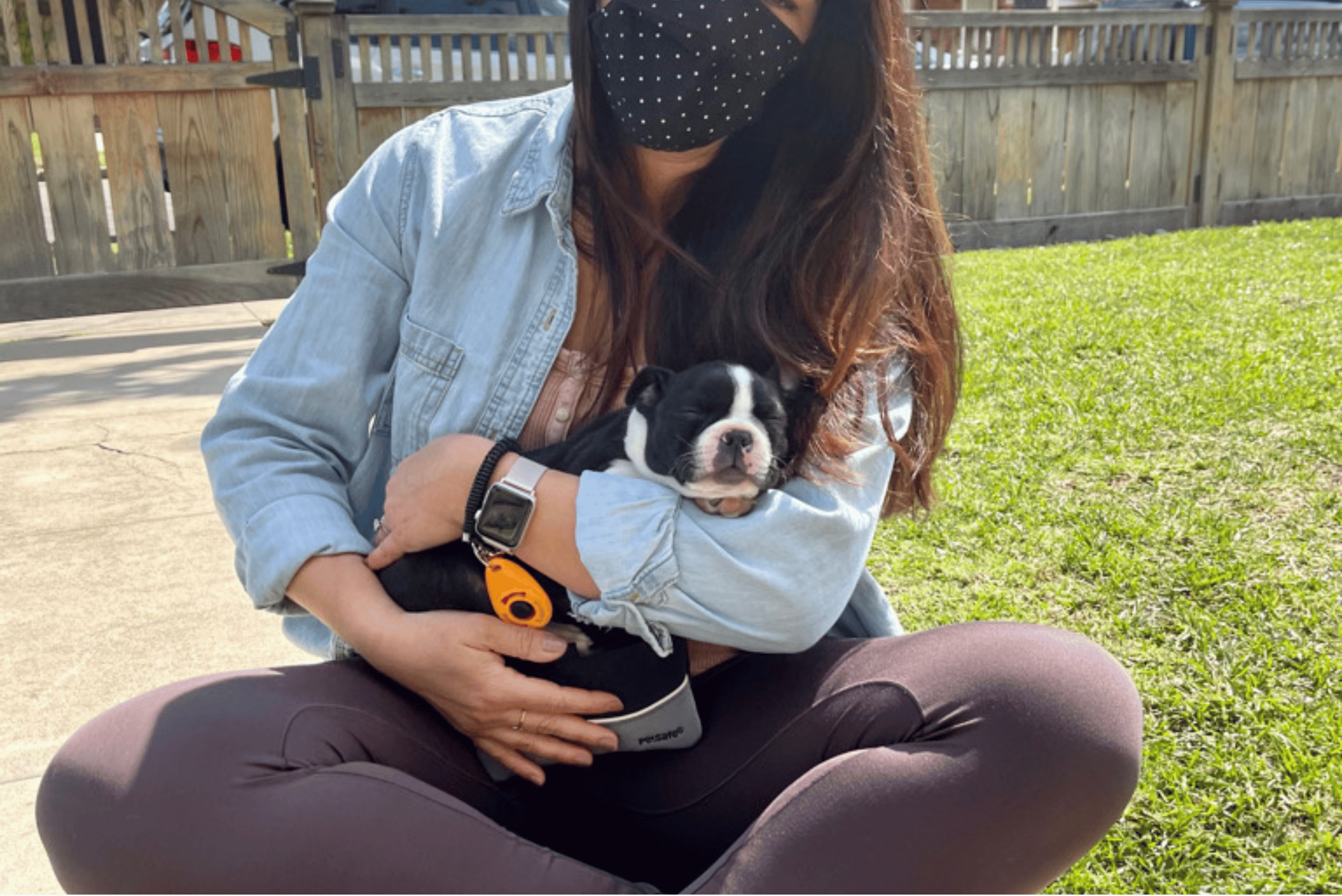DIY Enrichment Activities For Puppies
Remember being a kid? Everything was exciting, and everything seemed shiny and new. That’s because it was! It’s the same for your puppy. The world is brand new to your puppy. It’s full of new scents, new sounds, and new things to chew!
Meeting a new person, smelling grass in the corner of the yard, and even trying a safe snack like a green bean are all enriching activities for puppies. An important part of learning about the world is checking things out and calmly getting the lay of the land. In this exploration, your goal is to connect with your puppy, build an understanding, so that they have a better idea of what they ‘should do’ and what they ‘shouldn’t’.
Enrichment is all the rage. And maybe you’re curious about how you can use enrichment with your puppy. The truth is… enrichment activities shouldn’t get your puppy amped up. They should help keep them calm to reduce undesirable behaviors.
We want to share some simple puppy enrichment activities with you… and some activities you should hold off on. These are all basic things that will engage your puppy, help them exercise their brains, and keep them from getting overstimulated in this new, exciting world.
Wait On Walking Your Puppy
Puppies are full of energy and need to exercise, and activities like sniff walks are great for enrichment. However, there are several important reasons you need to hold off on those walks.
If your new puppy is under 18 weeks of age, they haven’t been fully vaccinated. Their immune systems are still developing, and they are very susceptible to disease. Even if you avoid other dogs, there are potentially deadly viruses, like Parvo, that can survive in the soil for quite some time.
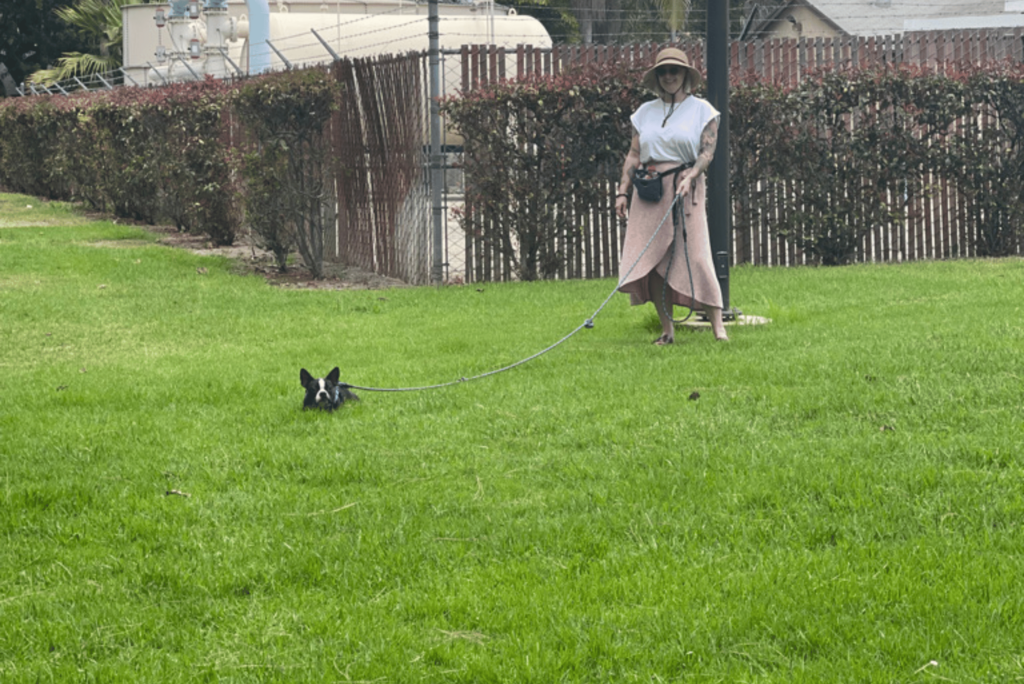
Furthermore, puppies don’t have the longest attention spans. Leash training before they are about 6 months old is a lesson in frustration for both of you. Hold off on leash walks until your puppy is fully vaccinated and can safely explore an area you know well on a long lead. Loose leash training should start at home, and your puppy should be old enough to focus on you before you take the training outside.
Hold Off On High Impact Play
Agility courses, DIY and purchased from a store, are great mental and physical stimulation for high-energy dogs. Your puppy may be full of energy, but activities like agility jumps and disc catching need to wait.
Development is dependent on the size of the dog, with smaller dogs having fully developed musculoskeletal systems at an earlier age than large dogs. High-impact activity too soon can put a strain on their developing joints which can cause joint problems at a young age.
Too much activity can be as detrimental to a puppy’s growing body as an activity that is too strenuous. This doesn’t mean your puppy shouldn’t play at all. You can engage your young puppy in safe, developmentally appropriate activities.
Basic Enrichment Activities and Tips For Puppies
Your puppy needs physical and mental enrichment that encourages their natural behaviors in a desirable way. Enrichment doesn’t have to be hard… it just needs to be engaging for your puppy.
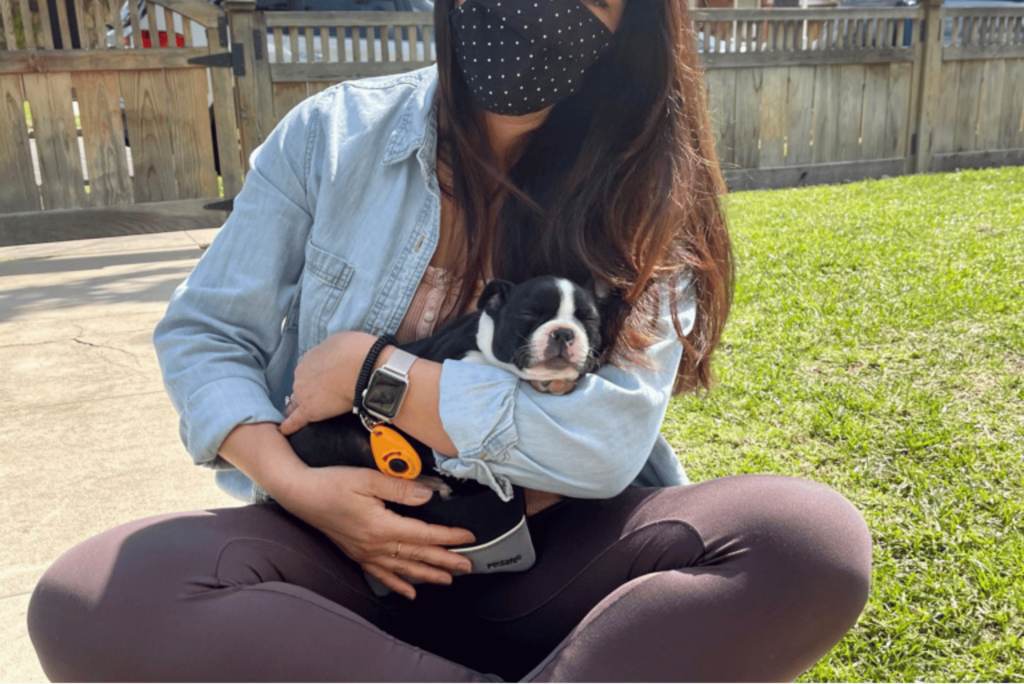
Wagon Walk- You don’t want your puppy exposed to diseases, but wagon walks with your puppy keep some distance between them and other dogs and lifts them off the ground. Stay away from parks, and stick to side walking areas. Your puppy will be thrilled with all the new scents and sounds.
Backyard Exploration- Puppies are constantly learning about their environment, and until about 6 months of age, they’re hardwired to explore everything. At this point, even your home is new to your puppy. Take them into your backyard and let them sniff around. Your dog will become used to the sounds and smells of your yard and start to feel more at home. You can do the same thing inside your house. Keeping areas sectioned off and taking your puppy on a supervised exploration of puppy-proofed spaces a little at a time.
Biting Redirect- If you have a mouthy puppy, you need to break the habit before it becomes an ingrained behavior. Give your puppy something unique to sink their teeth into. Iceberg lettuce has a satisfying crunch and is a good way to redirect mouthy behaviors and soothe teething. A toy with a squeaker or a toy with texture can also help teach your puppy where to go when they get the urge to nibble.
Toy Swap- Just like little kids, puppies can get bored pretty quickly. To prevent boredom and a slide into not-so-desirable habits, keep toys on rotation. Allow your puppy access to two or three toys at a time. After a few days, swap them out. Try to build up to around 20 toys that you can rotate through. By the time you get back to the first set, they will seem brand new again to your puppy.
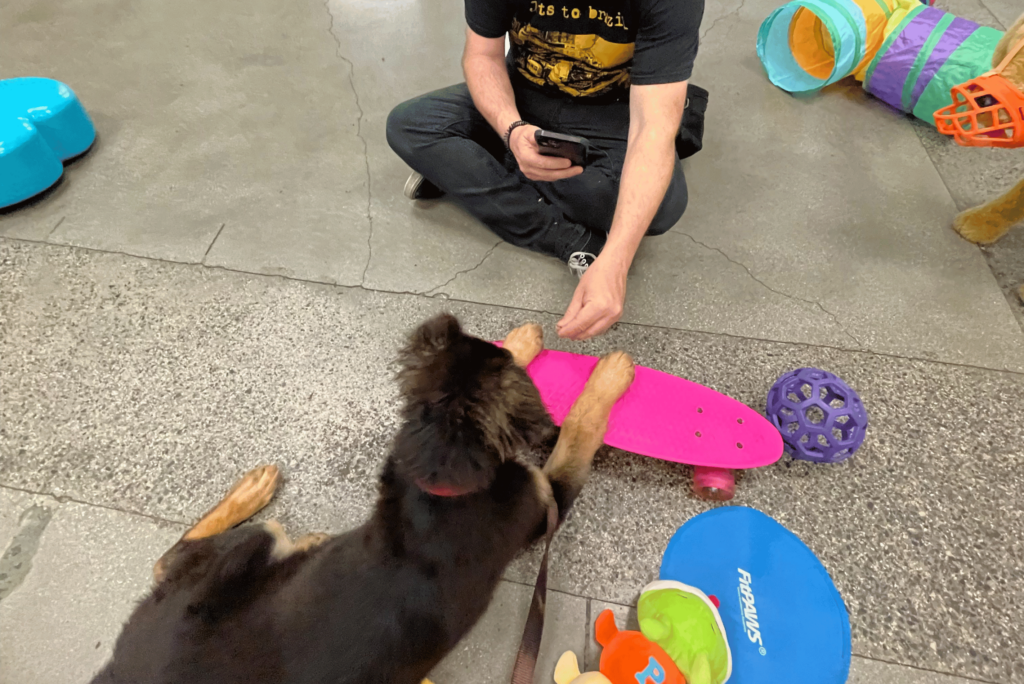
Puppy Tunnels- When it comes to physical activities, the general rule is 5 minutes of supervised and controlled play for every month of age. A simple tunnel is a fun way to get your puppy moving… while not putting too much strain on them. It’s a fun new place to explore and speaks to the burrowing instinct that many dogs have. You can easily make a tunnel at home by attaching cardboard boxes.
DIY Foraging- Dogs may not have to spend their days foraging for food now, but they’re still programmed to do it. You can encourage this by tossing a handful of your puppy’s dry kibble into the grass and letting them search for it. You can also make it more of a puzzle and toss it into a box filled with junk mail, or balls (large enough that your puppy can’t swallow them by accident).
Stuffed Balls- Stuff a hollow ball with kibble or wet food. Your puppy will enjoy finding the best way to get at the food.
Crinkle Mat- It’s well known that cats love a crinkly toy. Did you know dogs do too? Make your puppy a crinkle mat. Get some fleece fabric and crinkle material at the craft store, and sew up a mat that your puppy can roll and play on. Not sure what to do? Here’s a set of instructions for a no-sew fleece blanket. Just remember to place the crinkle material between the two layers of fabric.
Remember, this is a big, exciting, new world for puppies. What may seem mundane or ‘everyday’ to you is likely very interesting to your puppy. Keep things simple! Wagon walks, slowly meeting new people, exploring new areas… these simple activities will help stimulate their brain… but not overstimulate them to the point of total overwhelm.
If you’re new to life with a puppy then take a look at our handy Puppy E-Book. It’s filled with everything you need to know about the puppy days and is a great resource if you’re feeling overwhelmed or are just wanting to be prepared before you bring your new puppy home.
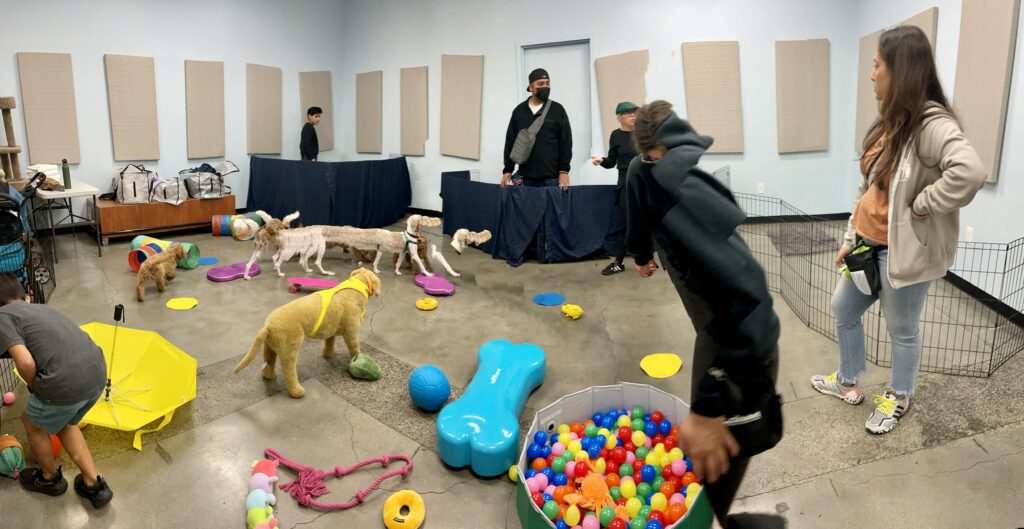
P.S. If you’re in the Long Beach area, be sure to check out our Puppy Kindergarten classes. These are supervised socialization sessions that help slowly introduce your dog to new people, dogs, and environments.
